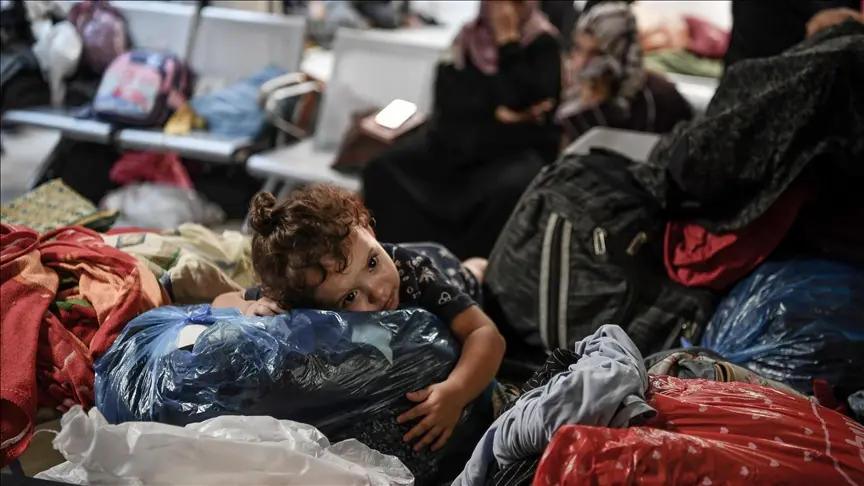Epidemic Diseases in Northern Gaza After October 7
After the October 7 war, Northern Gaza has witnessed the spread of various epidemic diseases, further complicating the health situation faced by the population. The widespread destruction of infrastructure has exacerbated health issues, limiting access to medical services.
Respiratory diseases are among the most significant health challenges, as unfavorable environmental conditions have led to the spread of illnesses such as influenza and COVID-19. Residents suffer from a lack of preventive measures and healthcare, increasing the risk of these diseases.
Additionally, the risks associated with infectious diseases like cholera and typhoid fever have risen due to water contamination and poor sanitation systems. These diseases can spread rapidly in vulnerable communities, necessitating prompt intervention.
Many residents also suffer from chronic illnesses such as diabetes and hypertension, making them more susceptible to complications from infections. The weakened immunity of these individuals presents an additional challenge.
Vaccination campaigns are crucial in limiting the spread of diseases; however, a shortage of vaccines and medical resources hampers these efforts. Health awareness among the population is vital, as the community needs to understand prevention methods and early symptoms.
Addressing these epidemics requires cooperation between local authorities and global health organizations. Improving healthcare services and providing necessary support to medical facilities is essential.
In conclusion, the current conditions in Northern Gaza demand a comprehensive response to tackle epidemic diseases, including enhancing infrastructure and raising health awareness to ensure the safety and well-being of the community.

